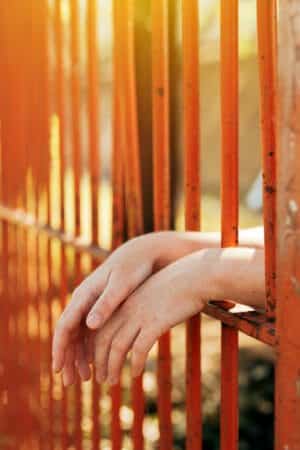Can I take a 3rd degree assault that happened at work further than just pressing charges and filing a order of protection?
Can I take a 3rd degree assault that happened at work further than just pressing charges and filing a order of protection?
A guy at my job has assaulted me over the most ridiculous thing and I know I can take this way further than pressing charges and filing a order of protection but I need to know the step of action I should take.
Justin’s Answer
That depends on what you want to do. Depending on the circumstances, you can seek out an order of protection. You can also see about suing the person for battery, for which you will need a civil attorney.


